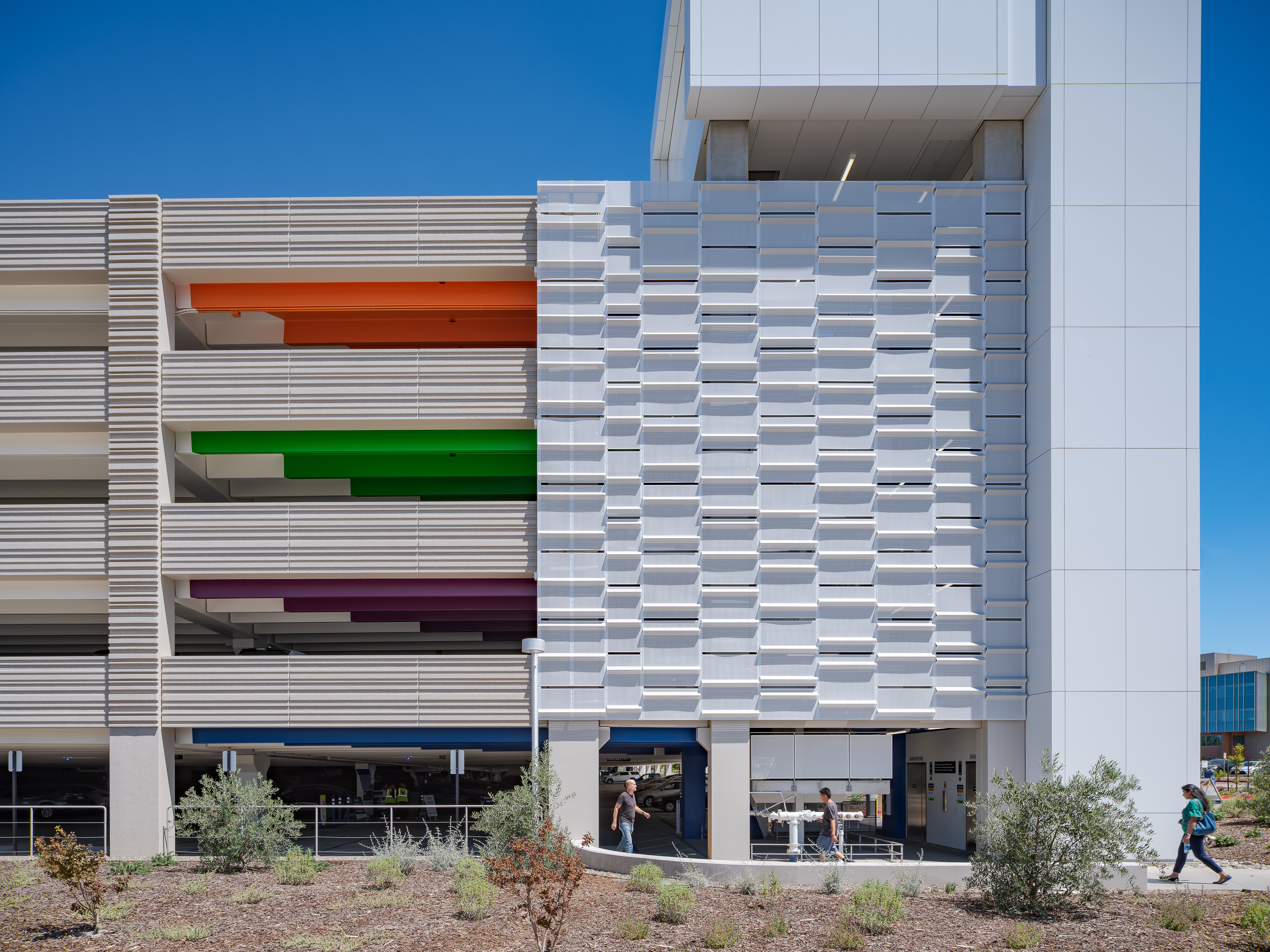In April, a parking structure in New York City collapsed. One person died. This isn’t a magazine about parking tragedies, but there are lessons to be learned from a disaster like this one.
The building that collapsed was built in 1925 and served as a garage for more than 60 years. It had a history of safety violations going back at least 20 years.
In a press conferencae shortly after, with New York Mayor Eric Adams; John Esposito, Chief of Operations, Fire Department; Police Commissioner Keechant Sewell; and Acting Commissioner Kazimir Vilenchik of Department of Buildings, the mayor praised the use of drones and a “robot dog” for evaluating the unstable site.
Police Commissioner Sewell confirmed that the collapse was not related to any terrorist activity (an important distinction, especially in New York City). And Vilenchik described an old building with obvious issues - including cracked and spalling concrete - that escaped the notice of officials and enforcement of building codes.
He didn’t say that, exactly – he said it, but without the accountability part.
“There are some active violations on the building dated back to 2003, but in 2010 was application filed with no indication the violation was corrected, but it was filed. There are some active permits in the building. One of them is related to the electrical work on the premise,” Vilenchik said. “So, as indicated, it’s a structural collapse, and what we observed from the drone deployed is that there’s a four-story building all the way pancaked, collapsed all the way to the cellar floor. Our engineers are deployed and currently checking adjoining buildings and observing footage from drone pictures to identify possible reason for collapse. Certificate of occupancy for this building was issued in 1957 to be used as a parking garage.”
There was discission at the news conference of a city council mandate passed that put the responsibility on garages to arrange and submit inspection reports. Records show the garage had not been inspected under the new law.
In a situation like this, responsibility lies with the owner and/or operator, and the city and its many departments - especially the one responsible for building safety.
I’m a California native. I lived outside of California for ten years during my 20s. By the end of those ten years, I had almost forgotten to be worried about earthquakes – almost. I still fought the urge to dive under the table if a heavy truck drove by and the windows rattled, or if I was in a tall building that had a little flex.
If you’ve ever watched the chandelier over your own dinner table swing after an earthquake or watched the school playground roll up and down toward you, you know that fear. The earth is in charge and has all the power. We just sit on top and hope for the best.
My stronger instincts returned quickly when I moved back to the state. I never, repeat, never, go into a parking structure or any building that is old, large, tall, or constructed with a lot of concrete without needing to take a deep breath. I know it’s been carefully built and probably checked with timely thoroughness, but that’s not going to matter if “the big one” hits when I’m inside.
The word “pancake,” used as verb, invokes a deep-seated fear. That’s what happened to this parking garage.
The lesson in this structure collapse in New York is that all the safety protocols were in place to prevent disaster. People in charge saw the cracks and damage and hoped it would hold; city staff read reports and issued citations, but was mostly likely overworked and understaffed, and could not carry out enforcement. People working and parking in this garage did so under the assumption that their safety was in someone else’s hands.
The man who died was the garage manager. The garage will be demolished after approximately 90 cars are removed. There are concerns over damage to the stability of nearby buildings and fire hazards from electric vehicles in the rubble.
Most disasters like this one don’t just happen one day. They happen over the course of years as small problems become larger and larger, and in the dull monotony of the weekly grind, they aren’t noticed anymore and aren’t corrected. People with the power to prevent the tragedy gave in to the inertia of complacency and bureaucracy and made a decision to ignore those cracks.
Keep small problems small. Take safety seriously. As infrastructure ages and cars get bigger and heavier, contingencies for repairs will have to be formulated and carried out. People’s lives are at stake.











